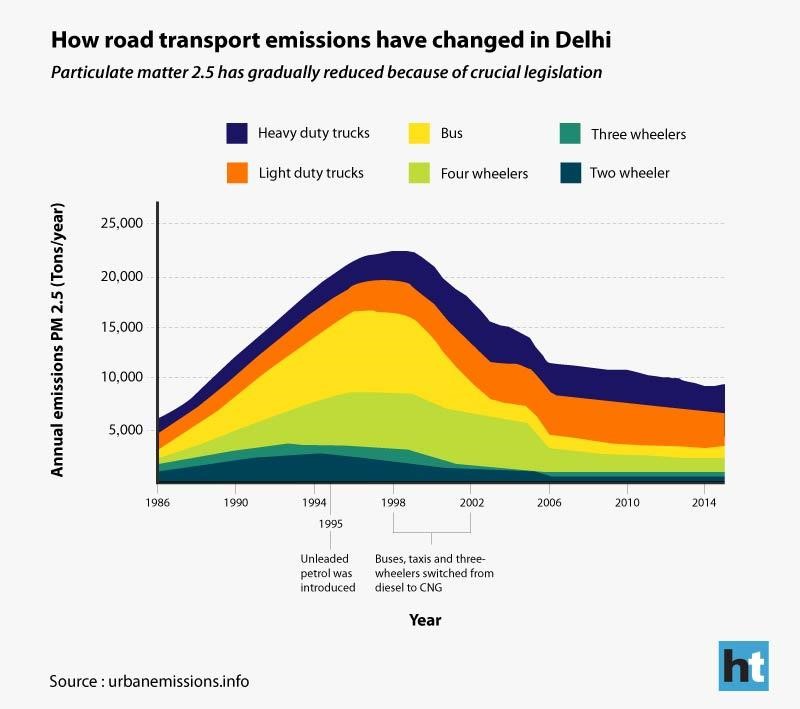Role of termites in methane emission
Greenhouse gas (GHG) emissions from natural resources have considerable impacts on climate change. Global methane (a potent greenhouse gas) emissions from natural sources are around 20,80,00,000 metric tonnes per year (EPA, April 2010). Terrestrial arthropod-like termite contributes to the methane emission resulting from their digestive system. Global emissions of methane due to termites are estimated to be between 20,00,000 and 2,20,00,000 metric tonnes per year (EPA, April 2010). Nobel Laureate Dr. Steven Chu has stated in an interview with UC Berkeley that, termites have developed a symbiotic relationship with colonies of bacteria that can break complex molecular structure of organic compounds like cellulose to form energy and methane as a byproduct.
A group of highly social insects, termites are detrivores i.e. obtain nutrients by consuming decomposing organic matter. Mostly sub-tropical and tropical regions are a home of termites. Termites form colonies and live together in an organised manner. Termite’s colony contains Nymphs- semi-mature young, Workers, Soldiers, and reproductive individual- egg-laying Queen. Dead plant material, litter, wood, animal dung, etc are food for termites. About 10% of termites’ species are identified as pest; causing damages to the crops, buildings and forests.
|
Biological classification of termites |
|||
| Kingdom: | Animalia |
Families •Mastotermitidae
|
Img Source: wikipedia
|
| Phylum: | Arthrpoda | ||
| Class: | Insecta | ||
| Subclass: | Pterygota | ||
| Infraclass: | Neoptera | ||
| Super order: | Dictyoptera | ||
| Order: | Isoptera | ||
Methane is produced in termites as part of their normal digestive process. Methanogenic (Methane producing) bacteria are found abundant in the guts of termites. Overall process is given in the following diagram;

Methane (CH4) is emitted from both anthropogenic and natural sources. As discussed above, natural sources of emission like termites release a significant quantity of methane to the atmosphere. Methane has 21 times more global warming potential compared to other GHGs. Increasing concentration of methane may cause additional warming of the planet. The climatic cycle is not new to the earth. Since the beginning of life on earth or even before, emission and sink of GHGs are happening over the period of time. We can’t conclude only the natural sources of GHG emissions are being responsible for climate change but they can contribute a bit of it.




I wonder if we can somehow harness the methane producing properties of the termite and create efficient forms of energy? Interesting article.
Yes, research efforts are aiming to identify the enzymes involved in the process and then replicate the process in industrial applications.